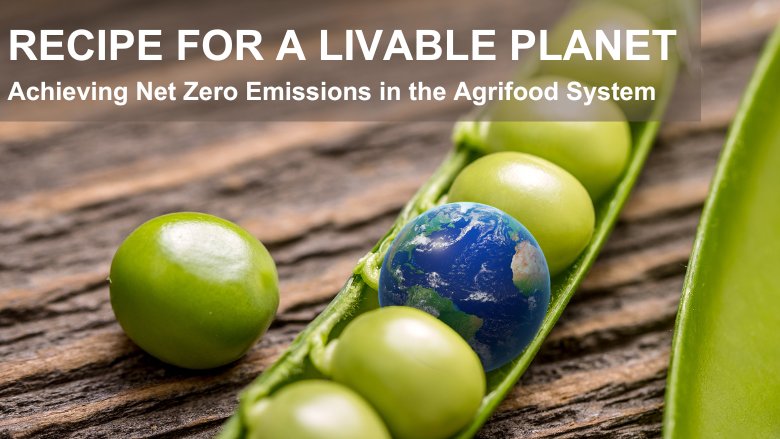Download the report here
Recipe for a Livable Planet is the first comprehensive global roadmap for mitigating the agrifood system’s contributions to climate change. It shows how the agriculture system that produces the world’s food can cut greenhouse gas emissions while continuing to feed the world.

